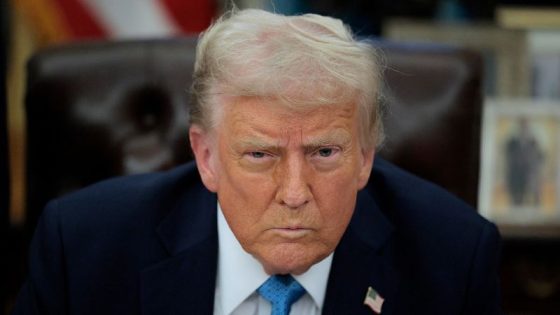The trade deficit between the united states and the European Union is a hot topic, especially after recent comments from former President Donald Trump. On February 4, 2025, European Trade Commissioner Maros Sefcovic challenged Trump’s claim of a $350 billion deficit, stating the actual figures are much lower. How does this discrepancy impact US-EU relations?
- US-EU trade deficit smaller than claimed.
- Trump's $350 billion deficit assertion challenged.
- EU's trade surplus with US at $161.7 billion.
- Discrepancies in trade deficit calculations noted.
- Constructive engagement sought to resolve issues.
- Trade war would negatively impact all parties.
Understanding the Trade Deficit Between the US and EU: What’s Really Happening?
Why is the trade deficit between the US and the EU so contentious? The figures vary widely, leading to confusion and potential trade tensions. The European Commission argues that the real deficit is less than what Trump stated. This discrepancy could shape future trade discussions and policies.
What Are the Real Figures Behind the US-EU Trade Deficit?
Recent statements from both US and EU officials highlight the confusion over trade deficit calculations. Here are some key points:
- Trump claims a $350 billion deficit, while EU figures suggest a surplus of $161.7 billion.
- US Census data indicates a deficit of $208.7 billion for 2023.
- The discrepancy arises from different methods of calculating trade deficits.
- Both sides are preparing for negotiations to clarify these figures.
EU’s Position on Trade Relations with the US
The European Union is eager to establish a constructive dialogue with the US regarding trade. Sefcovic emphasized the importance of basing discussions on accurate data. This approach aims to prevent any unnecessary disruptions in the vital trade relationship between the US and EU.
Potential Outcomes of the US-EU Trade Deficit Debate
What could happen if the trade deficit dispute escalates? Here are some possible outcomes:
- Increased tariffs or trade barriers, affecting various industries.
- Heightened tensions that could lead to a trade war.
- Opportunities for negotiations to resolve discrepancies amicably.
In conclusion, the trade deficit between the US and EU remains a critical issue that requires careful navigation. As both sides prepare for discussions, the focus will be on finding common ground based on accurate data. Will they succeed in fostering a more cooperative trade environment?
































